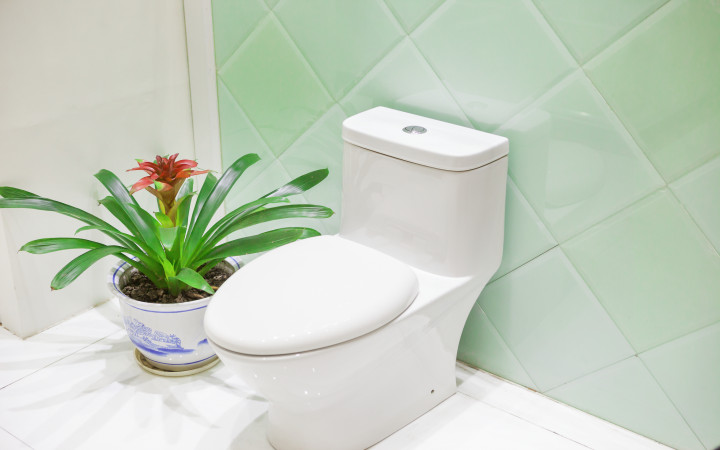Today’s Wonder of the Day was inspired by Ian from AL. Ian Wonders, “who made the first toilet” Thanks for WONDERing with us, Ian!
Have you ever heard the old , “when you've got to go, you've got to go"? If the urge to use the bathroom has ever struck in the middle of class, we're sure you agree with this . When you feel the need, where do you go? You head to the bathroom, or the lavatory, the pot, the loo, the john, the water closet, the toilet, or any of its many other colorful nicknames.
Using the bathroom is simply one of those things that all of us must do every day of our lives. We usually don't give it much thought either. After all, what's there to think about? You use the toilet, flush it, wash your hands, and get on with your day. It couldn't be any easier.
Of course, things weren't always that easy. In fact, even in today's modern times, there are parts of the world that don't have sanitary places to use the bathroom like most of us do. So let's stop taking the toilet for granted and instead take a closer look at how it came to be!
No one knows for sure how the first human beings on Earth managed the daily process of going to the bathroom. However, if you've ever been out hiking and had to go and there was no bathroom around for miles, then you probably have some idea of how things might have worked back then.
Today's modern flush toilets, which use water to flush human liquid and solid waste through a drain to a septic or sewer system, have roots that are probably older than you'd imagine. Historians believe some of the oldest toilets to use water were developed by the Indus Valley Civilization as long as 5,000 years ago! Other experts believe that even more primitive toilets using water may have existed as long as 12,000 years ago.
Despite these ancient beginnings, flush toilets as we know them today are a much more recent invention. The inventor of the modern flush toilet is generally considered to be Sir John Harrington, who invented a flush toilet in 1596.
Harrington's toilet included a flush valve that would release water from a tank to wash away waste in the bowl. He called his toilet the Ajax, and one of his first installations was for his godmother, Queen Elizabeth I, at Richmond Palace.
It would still be a while before the flush toilet caught on. Advances in technology that accompanied the Industrial Revolution helped to spur development of the modern flush toilet. In particular, Alexander Cumming designed a toilet feature known as the s-trap in 1775. His design is still incorporated in some form in nearly every toilet today.
You may not realize it, but we're sure you're thankful for the s-trap. If you've ever looked at a toilet closely, you'll see that its bowl does not empty straight down. Instead, it follows a curved s-shaped path. This design allows standing water to seal off the bowl, so that sewer gases cannot rise to the surface and escape into the air in your bathroom.
If you look into the history of toilets in greater depth, there's another name you're likely to come across: Thomas Crapper. Many people give Crapper credit for inventing the flush toilet. While he can't claim that invention, Crapper was a plumber in England who received many patents for improving toilet technology in the late 1800s.




